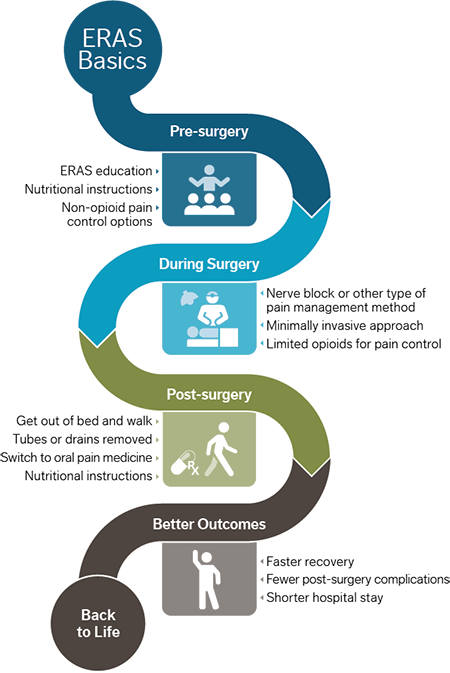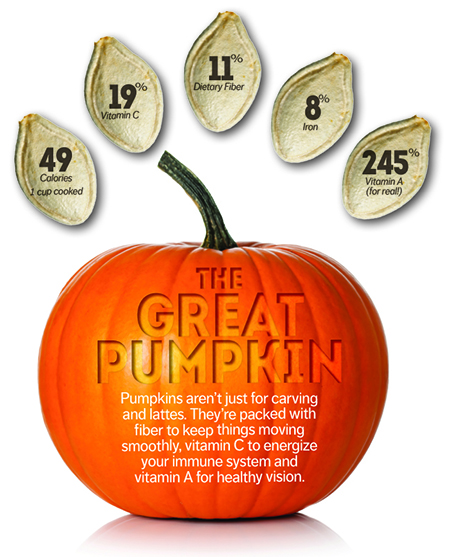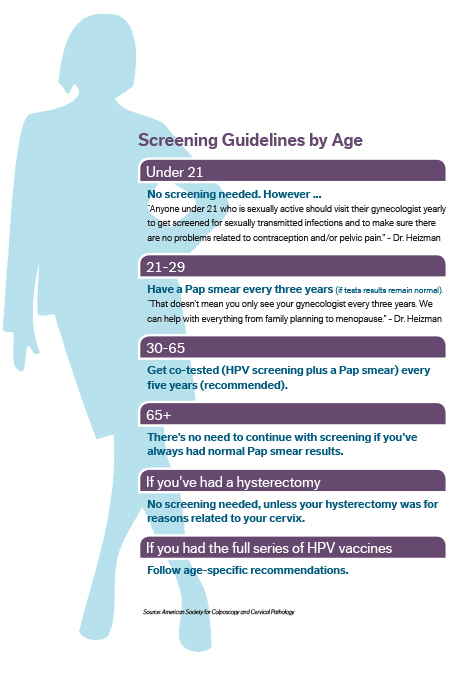Perfect balance is a given when you’re young. While age may be the biggest risk factor for falling, loss of physical balance isn’t just an older person’s health issue. Most people start to feel a little unsteady on their feet when they reach their mid- 50s.
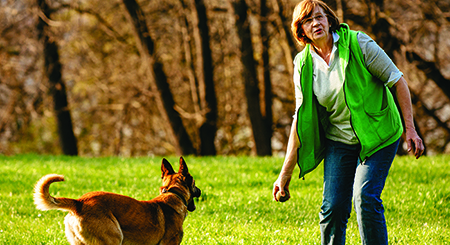
Your fall risk increases if you have other risk factors, such as:
- Chronic health conditions
- Gait and balance issues
- Hazards around the home
- History of falling
- Poor vision and/or hearing
- Side effects from antidepressants, blood pressure medicines and sleep aids
- Weak leg muscles
The good news is you don’t have to be caught off balance. These tips can keep you standing tall and strong.
Check-in for a checkup. Have your primary care doctor check your
hearing, vision and proprioception (your awareness of sensation in your legs and feet) once a year.
Try yoga. Nothing builds balance faster than yoga poses. If you’re not into yoga, find another way to include balance activities in your regular workout.
Fall-proof your home. Install stair handrails and bathroom grab bars, increase lighting levels and remove tripping hazards such as floor rugs.
Call if you fall. Despite your best efforts, falls can still happen. Even if you think everything is OK, call your primary care doctor, just in case. If a fall in a serious injury, call 911.
Related Articles
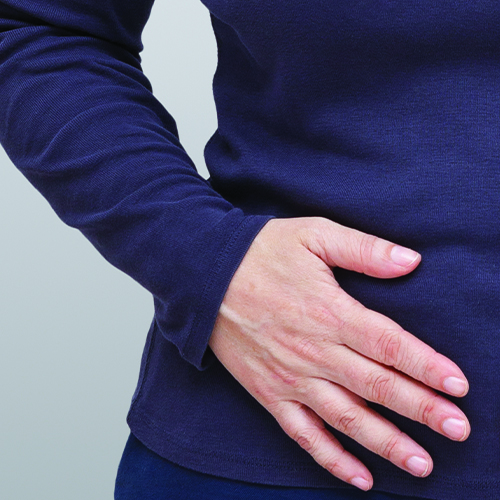
March 9, 2020
3 Sneaky IBS Triggers
For people with irritable bowel syndrome, spring may spark a flare-up in symptoms

June 5, 2024
5 Consejos Sobre Nutricion para un Estilo de Vida Mas Saludable
Una alimentación saludable y una nutrición adecuada desempeñan un parte importante a la hora de mantener una buena salud. Aquí le mostramos cómo mejorar sus hábitos nutricionales.

May 31, 2024
5 Nutrition Tips for a Healthier Lifestyle
Healthy eating and proper nutrition play a big part in maintaining good health. Here's how to improve your nutrition habits.
